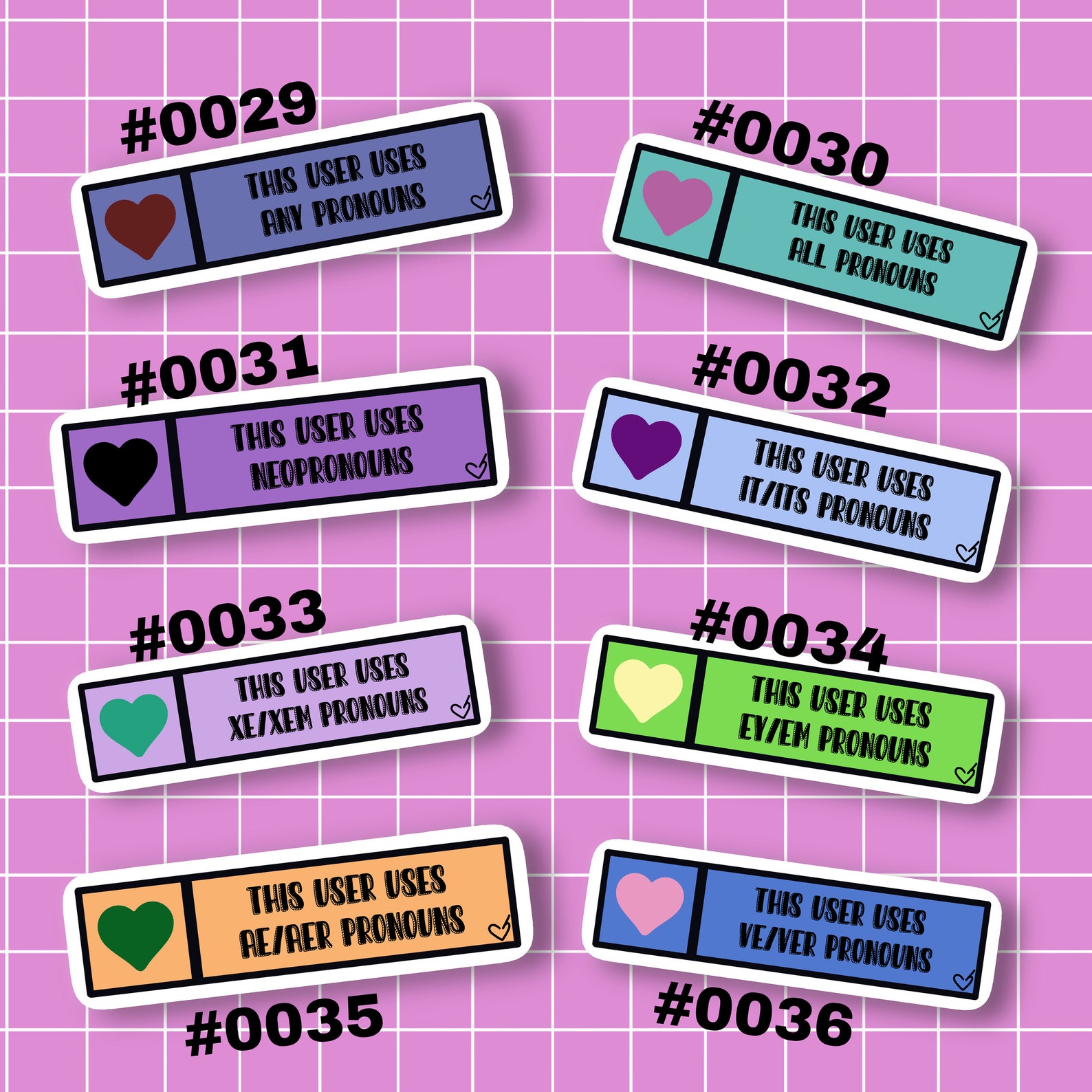
Those who use multiple sets of pronouns often feel it is necessary to express different aspects of their gender identity. she/they, he/she, they/fae) at all times or in certain situations. Some people may also use multiple sets of pronouns (ex. Neopronouns are a wonderful expression of our society’s diversity and using the correct pronouns for someone is a great way to show your allyship. The experience of accidentally misgendering someone can be difficult for both parties. The experience of being misgendered – having someone use the incorrect pronouns to refer to you – can be uncomfortable and hurtful.

When someone chooses to use neopronouns, they are expressing their authentic selves, and deserve our respect. You should always use someone’s correct pronouns, even when they are not around, unless they specifically request that you not do so for reasons such as safety or privacy. Neopronouns are another example of this evolution and a step towards a society where people can more fully express all parts of themselves. The English language has evolved over centuries and continues to evolve even in the present. In the 1990s, the early online community LambdaMOO allowed users to choose the gender-neutral pronoun set E/Em/Eir, called Spivak pronouns after the mathematician Michael Spivak. Marshall in 1789 and traced back to the gender-neutral pronoun “a” in Middle English.įrom 1934 to 1961, the Merriam-Webster’s Unabridged Dictionary recognized the gender-neutral pronoun “thon,” a contraction of the phrase “that one,” which was coined by Charles Crozat Converse in 1858. The gender-neutral pronoun “ou” was recorded by William H.

During the 12th century, the Old English gender pronouns “he” and “heo” naturally evolved to a near indistinguishable pronunciation, which eventually led to the adoption of “she” as a feminine pronoun.

Although the term “neopronouns” suggests pronouns that were recently developed, their use has been recorded for several centuries.


 0 kommentar(er)
0 kommentar(er)
